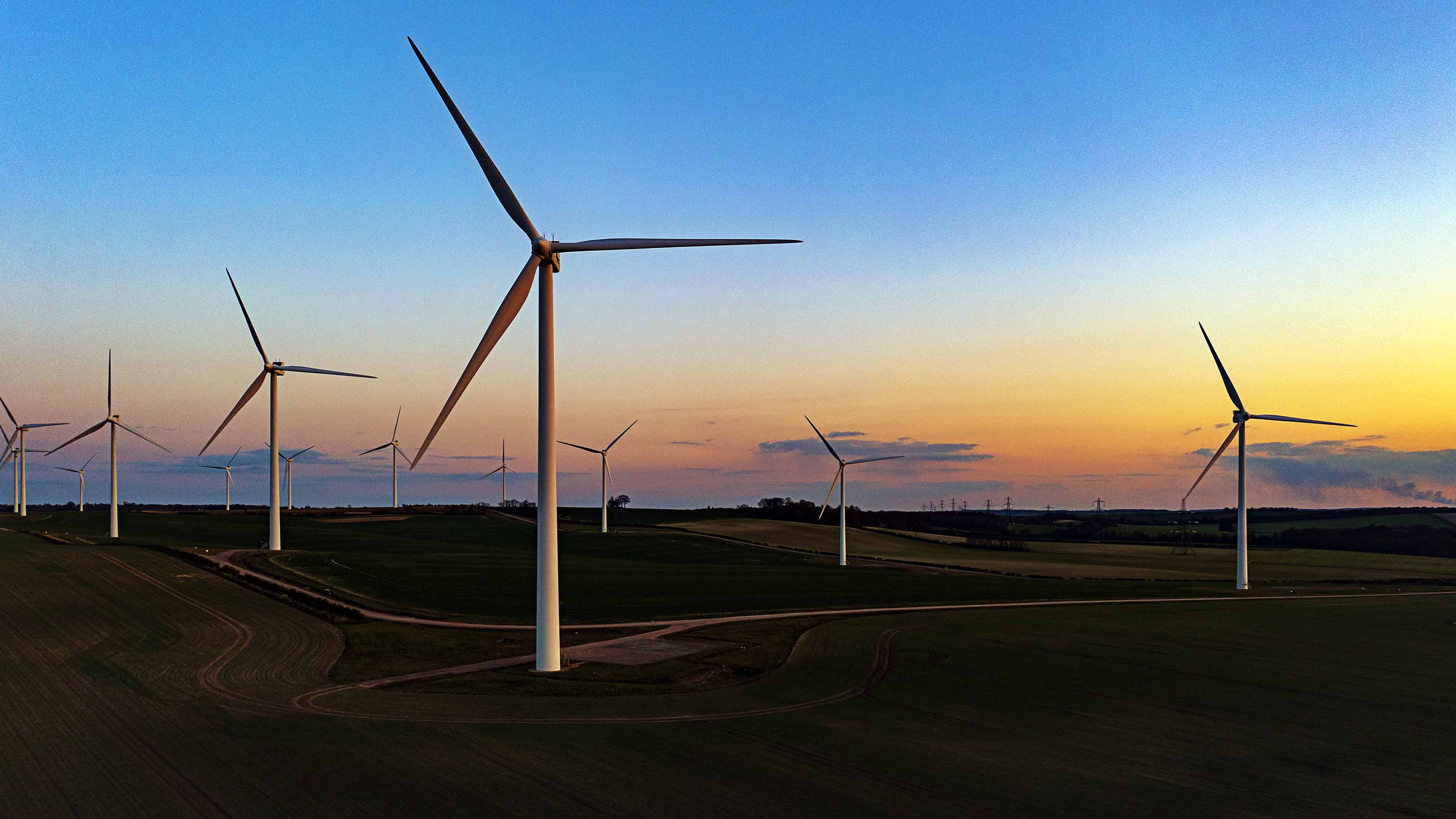U.S. Boosts Wind Power, Sets Oil Production Record: Kiplinger Economic Forecasts
Renewable energy tax credits are responsible for the boost to wind power.


To help you understand what is going on in the energy sector and what we expect to happen in the future, our highly-experienced Kiplinger Letter team will keep you abreast of the latest developments and forecasts (Get a free issue of The Kiplinger Letter or subscribe). You'll get all the latest news first by subscribing, but we will publish many (but not all) of the forecasts a few days afterward online. Here’s the latest...
Wind Power
One beneficiary of the recent federal boost to domestic manufacturing: the wind power sector. The Inflation Reduction Act, passed last year, extends two key renewable energy tax credits through 2024, then replaces them with a slew of others, including the Advanced Manufacturing Production Credit.
Manufacturers have responded immediately to the new federal incentives, restarting idled plants and readying new investments. U.S. manufacturing capacity for wind turbine blades (which fell by 50% from 2020 to 2021, or 9 GW to 4.6 GW) was hit hard by the pandemic, as well as the expiration of key federal tax credits.

Sign up for Kiplinger’s Free E-Newsletters
Profit and prosper with the best of expert advice on investing, taxes, retirement, personal finance and more - straight to your e-mail.
Profit and prosper with the best of expert advice - straight to your e-mail.
The U.S. wind power market is now expected to double in size by 2030. The country currently boasts more than 140 GW of total installed wind capacity. Wind is already the largest source of renewable electricity in the U.S.
Oil Production
The number of rigs drilling for oil and gas in the U.S. continues to decline. The current total: 675, down from 680 a week ago and 756 a year ago. The U.S. rig count has declined in 10 of the last 11 weeks.
The Permian Basin, America’s most productive oil-and-gas-producing region, has also seen the number of rigs operating there drop — to 337, from 342 last week and 350 a year ago. The trend reflects drillers’ ongoing focus on boosting shareholder returns instead of expanding output, as well as uncertainty about the economic outlook.
The industry remains much more cautious than before the pandemic, as evidenced by the U.S. rig count’s slow recovery over the last few years. For perspective, there were 954 rigs drilling for oil and gas in the U.S. at this point in 2019. That said, solid oil prices will prevent the rig count from falling too far and could spark a rebound later this year. West Texas Intermediate benchmark prices currently sit around $75 per barrel, enough for most drillers to turn a profit.
The U.S. is still on track to set a new annual oil production record in 2023. One forecast: 12.4 million barrels per day, just above 2019’s 12.3 million bpd.
This forecast first appeared in The Kiplinger Letter, which has been running since 1923 and is a collection of concise weekly forecasts on business and economic trends, as well as what to expect from Washington, to help you understand what’s coming up to make the most of your investments and your money. Subscribe to The Kiplinger Letter.
Related Content
Get Kiplinger Today newsletter — free
Profit and prosper with the best of Kiplinger's advice on investing, taxes, retirement, personal finance and much more. Delivered daily. Enter your email in the box and click Sign Me Up.

-
 Should You Do A Roth IRA Conversion? Nine Things to Consider
Should You Do A Roth IRA Conversion? Nine Things to ConsiderThe Tax Letter Thinking of converting a traditional IRA to a Roth IRA? The Kiplinger Tax Letter Editor highlights nine factors you should consider before making a move.
By Joy Taylor
-
 33 Stocks That Could Rally 50% or More This Year
33 Stocks That Could Rally 50% or More This YearAnalysts say these S&P 500 stocks have at least 50% price upside over the next year or so.
By Dan Burrows
-
 The Economic Impact of the US-China Trade War
The Economic Impact of the US-China Trade WarThe Letter The US-China trade war will impact US consumers and business. The decoupling process could be messy.
By David Payne
-
 What DOGE is Doing Now
What DOGE is Doing NowThe Kiplinger Letter As Musk's DOGE pursues its ambitious agenda, uncertainty and legal challenges are mounting — causing frustration for Trump.
By Matthew Housiaux
-
 A Move Away From Free Trade
A Move Away From Free TradeThe Letter President Trump says long-term gain will be worth short-term pain, but the pain could be significant this year.
By David Payne
-
 Trump’s Whirlwind Month of Crypto Moves
Trump’s Whirlwind Month of Crypto MovesThe Kiplinger Letter The Trump administration wants to strengthen U.S. leadership in the cryptocurrency industry by providing regulatory clarity.
By Rodrigo Sermeño
-
 What Could Derail the Economy This Year?
What Could Derail the Economy This Year?The Letter While the outlook for the U.S. economy is mostly favorable, there are plenty of risks that bear watching.
By David Payne
-
 Three Ways President Trump Could Impact the Economy
Three Ways President Trump Could Impact the EconomyThe Letter Some of Trump's top priorities could boost economic growth, but others risk fueling inflation.
By David Payne
-
 10 Predictions for 2025 from The Kiplinger Letter
10 Predictions for 2025 from The Kiplinger LetterThe Kiplinger Letter As 2025 arrives, here are our top 10 forecasts for the new year.
By Letter Editors
-
 Europe Faces Economic and Political Headwinds Next Year
Europe Faces Economic and Political Headwinds Next YearThe Letter Challenges for Europe: Potential tariffs, high energy prices and more competition from China will weigh on the bloc in 2025.
By Rodrigo Sermeño